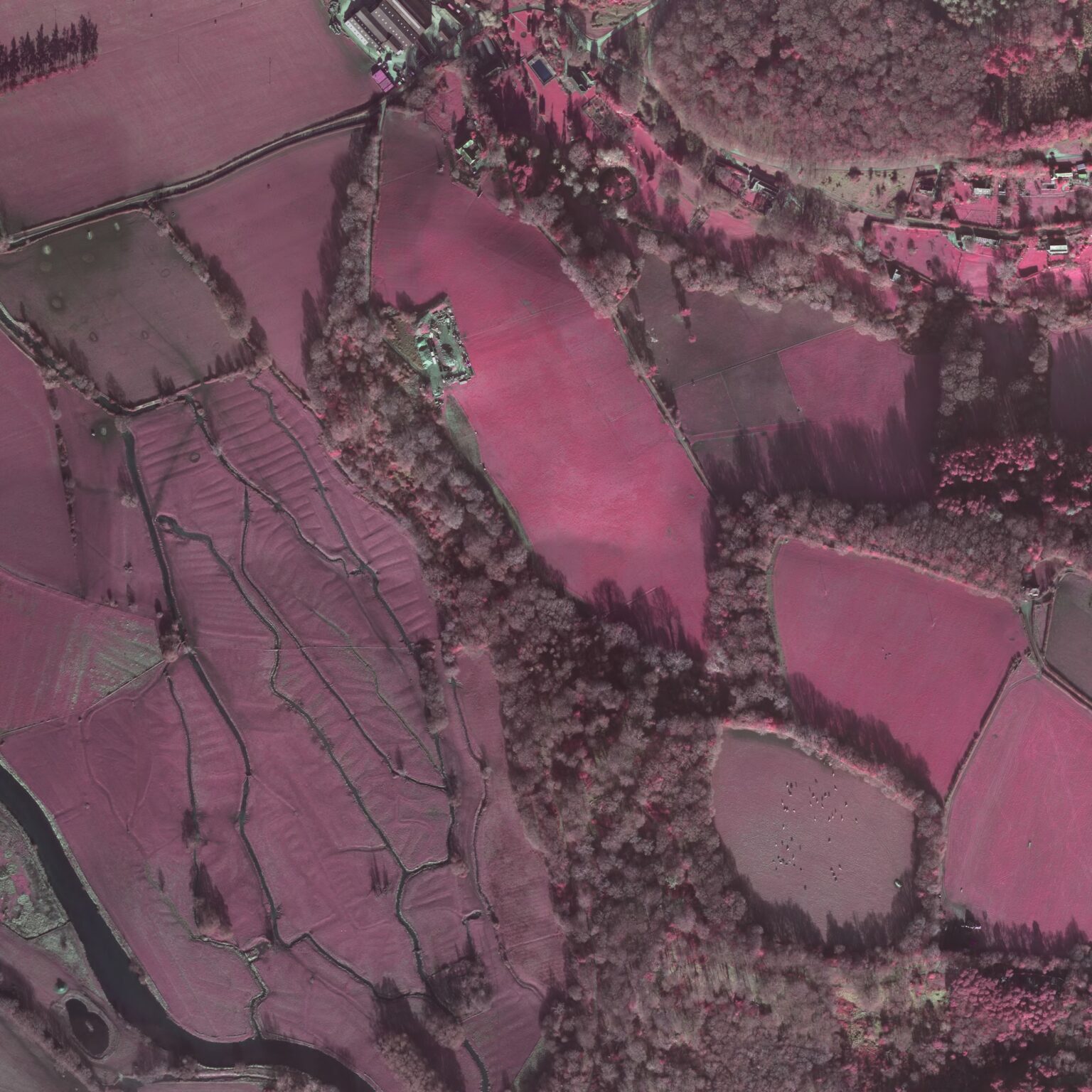File formats
| Format | Properties/Technologies | Description | Recommendations |
|---|---|---|---|
| MPEG 1 (.mpg,.mpeg) | A published open standard[6] binary format for video and audio | An International ISO/IEC standard (11172) developed by the Moving Picture Experts Group (MPEG) for Video CD (VCD and SVCD) and less commonly DVD-Video. Provides reasonable quality audio/video playback comparable to VHS tape. The MPEG-1 Audio Layer III equates to MP3 audio. Many tools, including open source tools, exist for working with this format. | Suitable for preservation and dissemination. |
| MPEG 2 (.mpg,.mpeg) | A published open standard[7] | As with MPEG-1, an ISO/IEC (13818) standard but for DVD and Digital Television. It includes a number of differing ‘profiles’ (the Simple Profile, Main Profile and 4:2:2 Profile (as used for Digital TV)), all of which contain different standard specifications for elements such as display size and data rate. MPEG-2 video is not optimized for low bit-rates (i.e. less than 1 Mbit/s) but does provide superior quality when compared to MPEG-1 at rates above 3 Mbit/s | Particularly suitable for preservation. |
| MPEG 4 (.mp4) | A published open standard ISO/IEC 14496-14:2003 | The newest of the MPEG ISO/IEC (14496) standards and concerned with ‘web (streaming media), conversation (videophone), and broadcast television, all of which benefit from compressing the AV stream. Based partly on Apple’s QuickTime .mov format, MPEG4 has at its core audio and video but also supports 3D objects, text, sprites and other media types to allow interactive elements to be included. As with MPEG2, MPEG4 includes two main versions and vast number of ‘profiles’ optimised for different purposes. The format is steadily growing in popularity and is fully outlined on the NDIIPP formats page[8] | MPEG 4 is suitable for data preservation and dissemination although a higher quality MPEG format should be used where appropriate. |
| DivX (.divx, .avi) | Proprietary and popular video codec | The DivX format is another implementation of MPEG-4 and is widely used for distributing movies over the Internet. The format from version 4 onwards (also known as OpenDivX) is used under licence but was initially based on an illegal ‘hacked’ version of the Microsoft .wmv implementation of MPEG4 (the previous illegal version is often referred to as ‘DivX ;-)’ i.e. with a smiley). The DivX codec is free to download but requires a licence to encode. | Suitable for dissemination but not suited for preservation. |
| Xvid (.avi, .xvid) | GNU GPL licensed codec based on MPEG-4 and a further development of OpenDivX | Xvid, like DivX, is based on MPEG-4 Part 2 Advanced Simple Profile (ASP) | Suitable for dissemination but not suited for preservation. |
| Motion JPEG 2000 (.mj2, .mjp2) | An ISO/IEC 15444-3 standard container format using JPG2000 encoding [9] | Capable of storing both lossy and lossless video, the Motion JPEG 2000 format stores video as a series of individual images and has thus sparked interest in digital preservation circles, particularly in regard to film digitisation. | Suitable for dissemination and particularly for preservation. |
| Matroska (.mkv) | A proprietary though open source container format [10] | A highly flexible container format, Matroska aim to be “the open source alternative to existing containers such as AVI, ASF, MOV, RM, MP4, MPG ES” [11]. As a result, the format supports a virtually unlimited number of codecs. | Suitable for dissemination and preservation depending on codecs used. |
| Flash Video (.flv) | Popular proprietary container format (e.g. YouTube) | The FLV format, developed by Macromedia, then Adobe, is a popular format for web delivery of compressed video. The format contains limited support for codecs. | Suitable for dissemination. |
| Audio Video Interleave (.avi) | A proprietary but popular container format developed by Microsoft | AVI is a well supported container format that supports a wide range of codecs although certain limitations (e.g. variable bit rate support) are evident due to the age of the original specification. | Suitable for dissemination. |
| Quicktime (.mov) | A proprietary container format developed by Apple | As stated above, the Quicktime format provided the basis for the MPEG-4 standard. Although the Quicktime format provides similar (or greater functionality) in some instances, it is recommended that MPEG-4 is used instead where possible as an established standard. | Suitable for dissemination. |
Future directions?
Aside from the ongoing development of MPEG and DivX formats the Material Exchange Format (.mxf) format, an open standard developed by the Society of Motion Picture and Television Engineers (SMPTE) may soon become a preferred preservation container format for moving images / video (see Wright 2011, 13).
[6] http://www.iso.ch/iso/en/CatalogueDetailPage.CatalogueDetail?CSNUMBER=25371
[7] http://www.iso.ch/iso/en/CatalogueDetailPage.CatalogueDetail?CSNUMBER=37679&ICS1=35&ICS2=40&ICS3=
[8] http://www.digitalpreservation.gov/formats/fdd/fdd000155.shtml
[9] http://www.digitalpreservation.gov/formats/fdd/fdd000127.shtml



